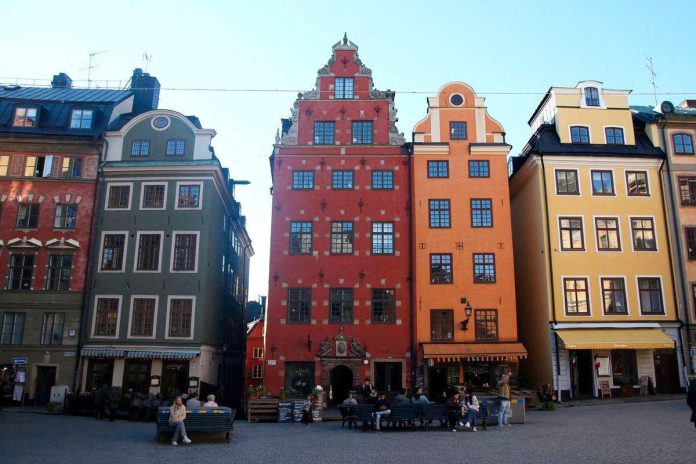STOCKHOLM: Sweden’s right-wing coalition promised an 80 billion crown ($8.5 billion) spending bonanza in its 2026 budget on Monday, saying rock-solid finances gave room to speed up sluggish growth ahead of a general election next September.
The Nordic country’s financial health is an outlier as others in Europe, like France and Britain, face tough spending choices as they struggle to manage domestic and global threats while keeping a lid on soaring government debt.
“We have world-class government finances; we have low government debt and while others are fighting with high debt costs, we are not,“ Finance Minister Elisabeth Svantesson told reporters.
“We have a strong position and we can use our strength.”
Among budget measures, tax cuts and lower food vat
Tax cuts for workers, pensioners and companies, lower VAT on food and more money for defence were among the main measures in the most expansive spending bill since the COVID-19 pandemic.
The budget contained more money for schools, healthcare and civil defence, as well as higher housing allowances for low-income families.
Heading into an election year, the government – which relies on support from the populist, anti-immigration Sweden Democrats – will be hoping that opening the fiscal taps will reverse its deficit in opinion polls.
Svantesson said a family with two children in kindergarten would be 1,800 crowns a month better off due to the budget.
Room for largesse after years of fiscal restraint
Sweden’s economy, like many in the EU, has been stuck in low gear with households and businesses uncertain about the impact of a global trade war launched by President Donald Trump and still hurting after a bout of inflation that peaked at over 10%.
But years of fiscal restraint since a domestic financial crisis in the early 1990s mean that Sweden has room for fiscal largesse.
“I have always been careful not to borrow for this or that. We should use our strength when we need it, and now we do,“ Svantesson said.
Government debt is about 32% GDP compared with about 90% across Europe.
Even after committing to spend 3.5% of GDP on defence and to borrow around 220 billion crowns to fund new nuclear power plants, debt will rise to around 36.8% of GDP in 2027.
Lofty debt levels in Britain, France
Bond markets have punished Britain, France and others for years of excess spending that has left debt levels at around 100% and 115% of GDP respectively.
France’s sovereign debt rating has been cut while yields on British gilts recently hit their highest in 27 years, adding to the government’s debt service burden.
Yields on Swedish 10-year debt, meanwhile, are running at around 2.65% against 2.75% for Germany, 3.56% for France and 4.7% for Britain.
“My (European) colleagues … who have to build up their defence but have debt of 80%, 90%, 100% of GDP, it’s very hard for them,“ Svantesson said.
Those countries will need strong growth in the years ahead to allow them to keep debt from rising further, she said.
Sweden’s budget set to boost growth in 2026
The budget should boost growth to 3.1% next year, Svantesson said, higher than the government’s previous estimate of 2.6%.
The prospect of stronger growth could ease pressure on the central bank to cut its policy rate. But lower VAT on food is likely to reduce inflation next year, giving the central bank more room to act.
In August, the Riksbank left the door open to a rate cut before year-end, but inflation remains well above target.
The central bank will announce its next rate decision on September 23 – REUTERS








